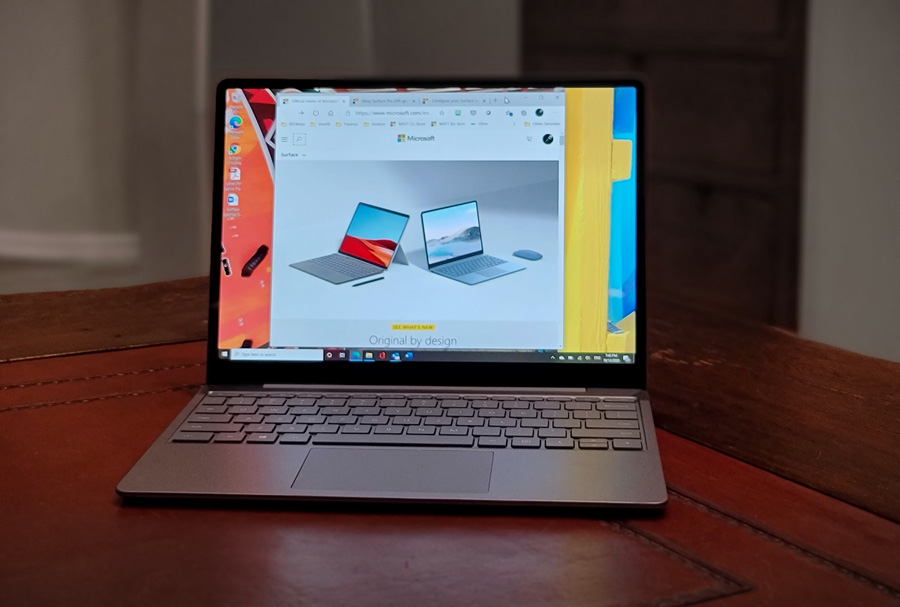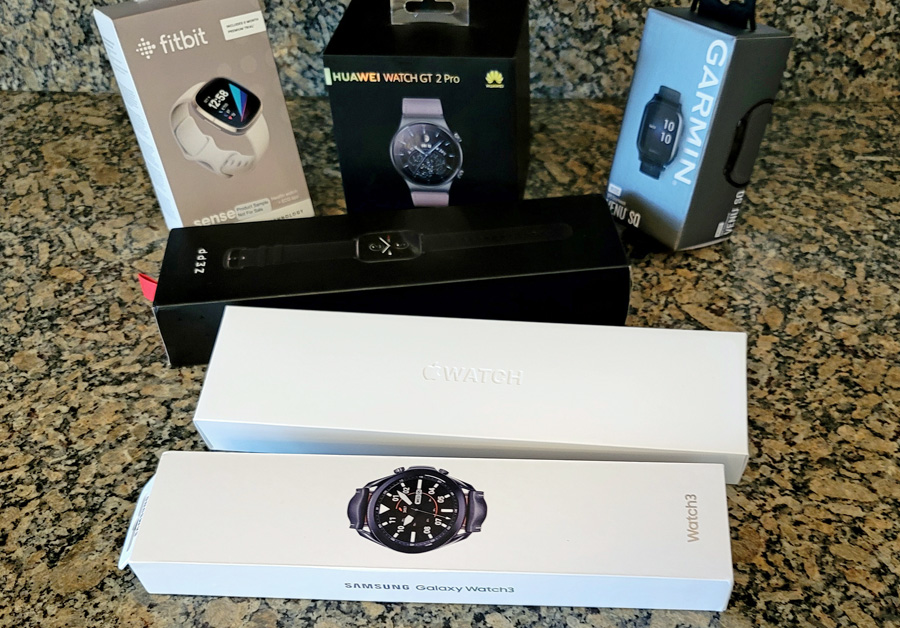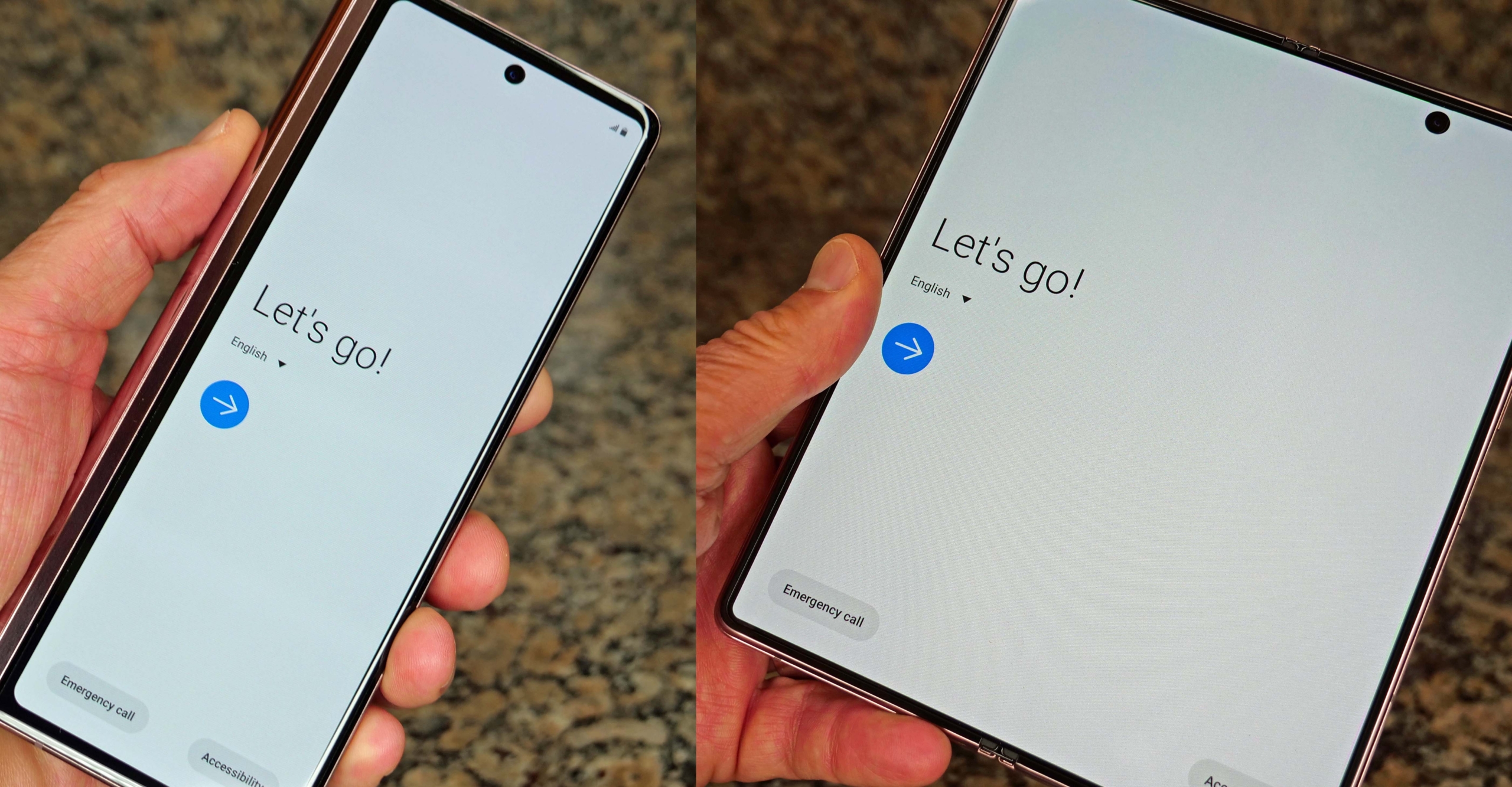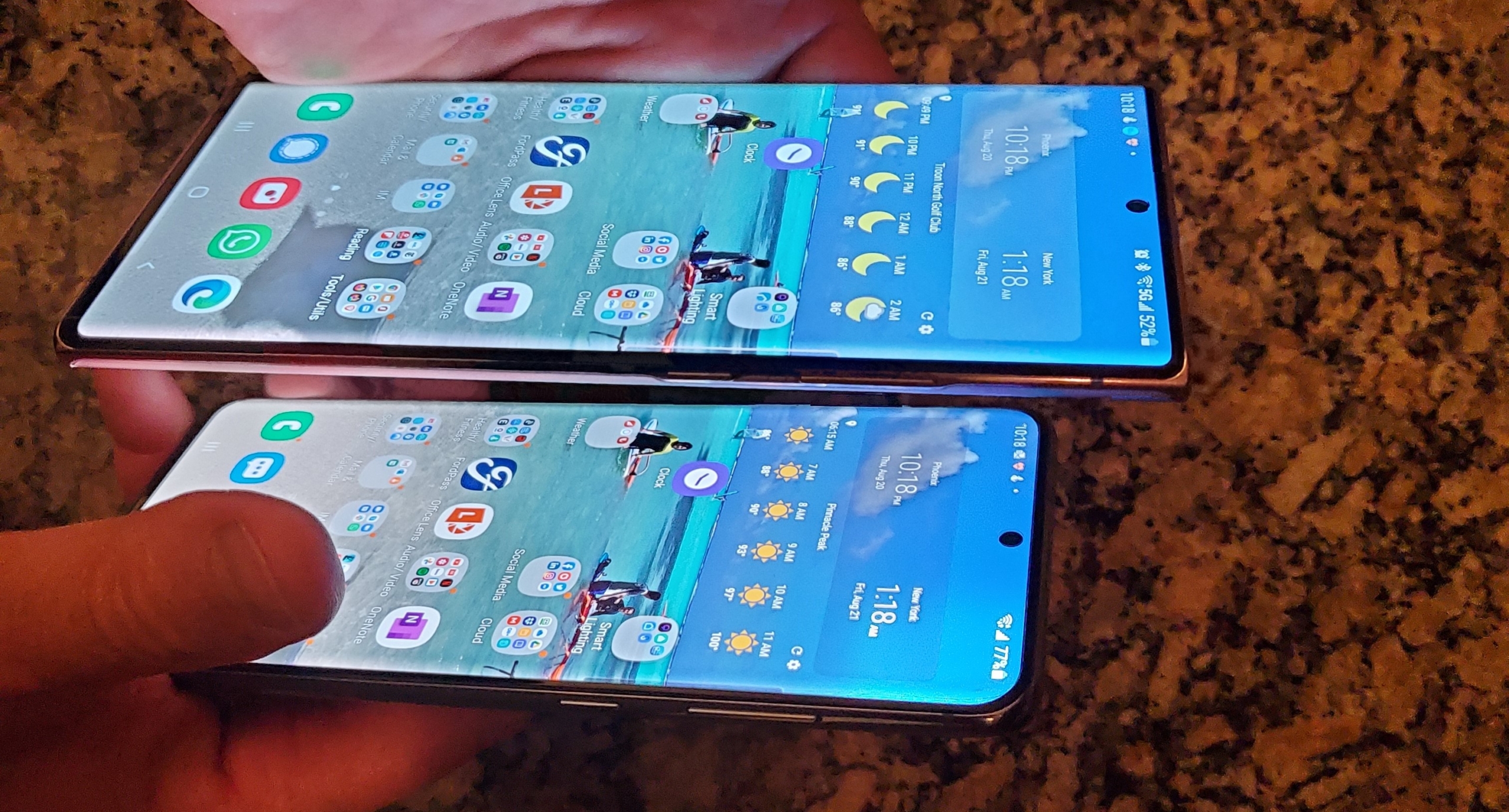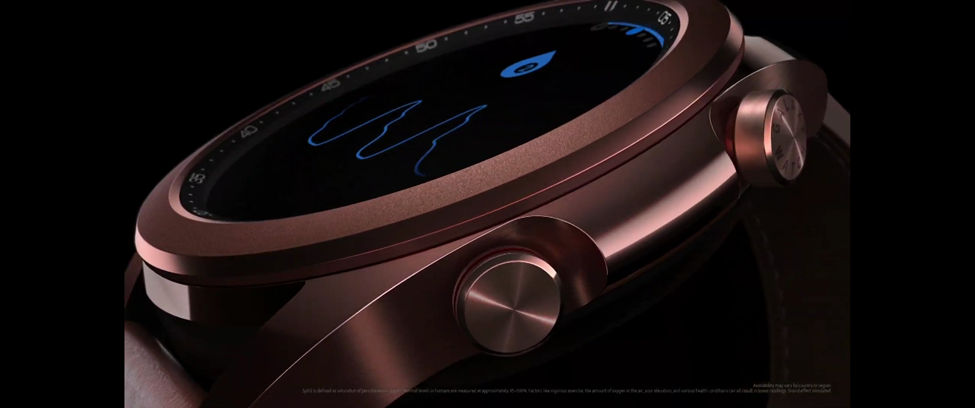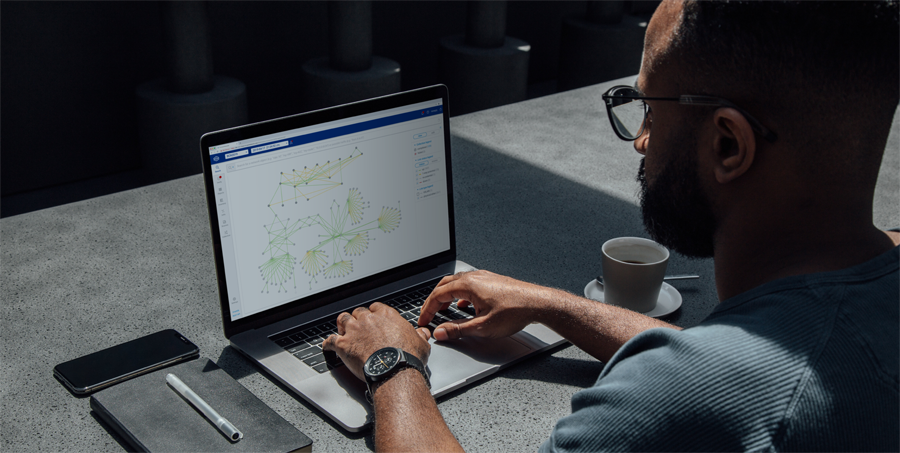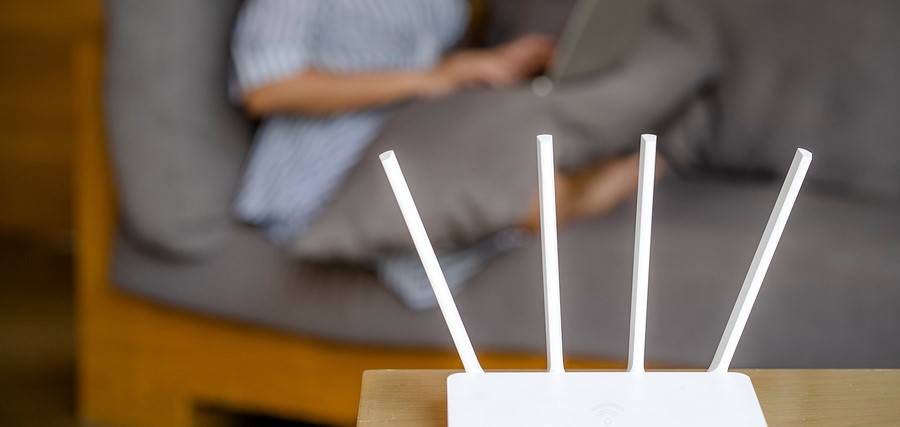Let’s say I had two pies and cut one of them in half. How many pies do I have now?
Of course, I’ve still got two pies. Though folks in the Wi-Fi business might try to convince you there are three.
The source of the confusion is what’s come to be known as tri-band Wi-Fi, a performance feature built into some whole-home wireless network platforms. Despite the name, the third “band” in the troika is actually a radio without its own spectrum. Just a slice of one of the others.
While the band it occupies may not be unique, the third radio’s role certainly is. Rather than serve network traffic like the other two, it’s dedicated to backhaul, which is the networking smarts that ensures the satellite works as a seamless extension to the Wi-Fi router.
But because the spectrum is already so congested, it can be difficult for the third radio to wring much additional performance out of this structure. That’s why tri-band – true tri-band, with three radios each communicating on different swaths of spectrum – could be so valuable for today’s Wi-Fi.
Moving the backhaul to a different frequency band would not only give the network more elbow room to manage Wi-Fi traffic. It would also open up precious spectrum for streaming, social media sharing, videoconferencing and other family networking activities.
Math Meets Marketing
In April, the FCC set aside the 6GHz band for Wi-Fi. Which means that Wi-Fi networks are about to get an actual third band. So by the end of the year, you’ll be able to buy tri-band Wi-Fi with, like, three bands!
That’s exciting. Because routers sporting a third band could offer the greatest boost in performance out of the box that your crowded home network has ever seen. And may ever see.
For the last 15 years, new Wi-Fi standards improved bandwidth and capacity on existing 2.4GHz and 5GHz spectrum. Even Wi-Fi 6, the groundbreaking new standard that just came to market last fall, was limited to the same congested bands. Until now.
The impact of 6GHz on the future of Wi-Fi cannot be overstated. With the new band, there is now more than three times the amount of Wi-Fi spectrum. Moreover, there’s nothing to bog down the network on 6GHz like we endure on the 2.4GHz and 5GHz bands. That’s because electronics with slow, primitive Wi-Fi technology that can back up traffic like a horse and carriage on a two-lane highway aren’t allowed on the 6GHz band. For more on that, be sure to check out my USA Today column, A New Wi-Fi for the New Normal.
Historically, many homeowners waited until the family amassed a few late-model smartphones and laptops before upgrading their router. But with 6GHz, the ability to manage existing 2.4GHz and 5GHz from the new band offers exciting potential for enhanced performance – even without any 6GHz devices on the network.
Future-Proof Your Wi-Fi 6E Network
With the addition of 6GHz, Wi-Fi companies finally have three bands to call their own. But don’t take that to mean the definition of tri-band is settled. If anything, the debate is rising to a whole new plane. So when you’re ready to shop for a Wi-Fi 6E router, here are a few things to keep in mind to ensure you find what you need.
In addition to the number of frequencies and the number of radios, there’s the number of spatial streams to consider. Spatial streams are a good proxy for how many connected devices the router can support on each band. But remember: the router needs at least three radios to simultaneously support multiple devices on all three bands.
It also depends on how well you’ve prepared your network for what’s to come. Toward that end, be sure to look for whole-home 6GHz routers built on platforms like Qualcomm’s second-generation Networkuntiling Pro series, which pushes the limits of the Wi-Fi 6 specification, like advanced 4K QAM, universal uplink/downlink traffic support across multi-user traffic tools like OFDMA spec’ed to support 37 simultaneous users, 8 simultaneous MU-MIMO users, and of course, tri-band Wi-Fi 6. . (For more on how to shop for 6GHz Wi-Fi, don’t miss this FeibusTech blog post.)
That’s making the most of tri-band – the kind on three bands, naturally.

